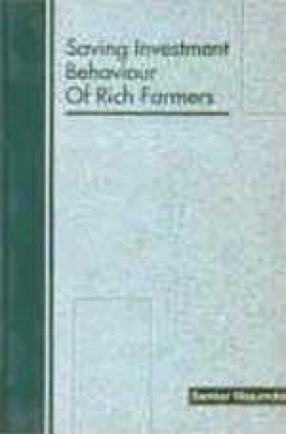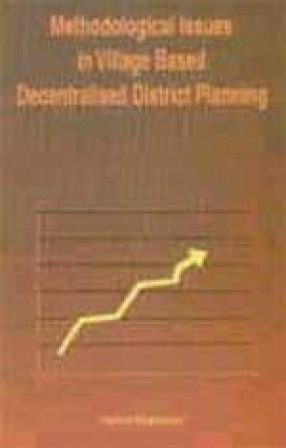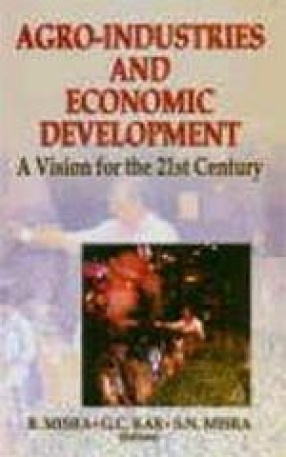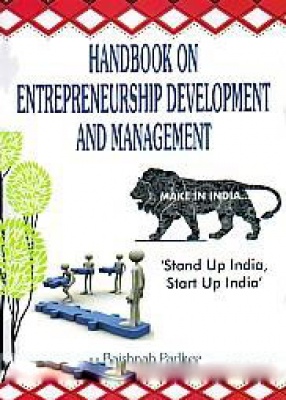Saving Investment Behaviour of Rich Farmers present a new explanation for agricultural backwardness. A new source of income, hitherto almost absent and unobserved in the rural areas, has come up as an important source of income. This is the income of the rural people from their employment in the service sector which is rapidly expanding in rural areas because of various developmental and welfare activities of the government. Partial stoppage of the old channels of income through usury and rack renting seems to have been compensated by opening up a new source of income from the employment in the service sector. This new source of income, in conjunction with the continuation of the old culture of not depending on agricultural improvement for augmenting their income, seems to have logically led to the continuation of backwardness in agriculture. This book shows that there exists a tremendous potential for mobilising saving for productive investment. However, a large part of this potential seems to be frittered away in unnecessary or in luxury consumption in the context of the present situation in our country. Actual saving is far less than the potential saving because of the huge excess consumption on the part of the rich farmer. This demand for luxury consumption creates the avenues for industrial investment to produce those luxury goods, rendering infractuous, from the point of view of the welfare of the people, at least a part even of the productive investment. A move towards a more equal distribution of assets and hence of income may lead to a fall in aggregate saving. But despite this decline in savings it may lead to further growth of investment on agriculture and allied productive activities if it can be associated with the near abolition of non-productive and anti-productive use of surpluses so far undertaken by the rich farmers.
Methodological Issues in Village Based Decentralised District Planning
Village Based Decentralised ...
$22.50
$25.00






There are no reviews yet.